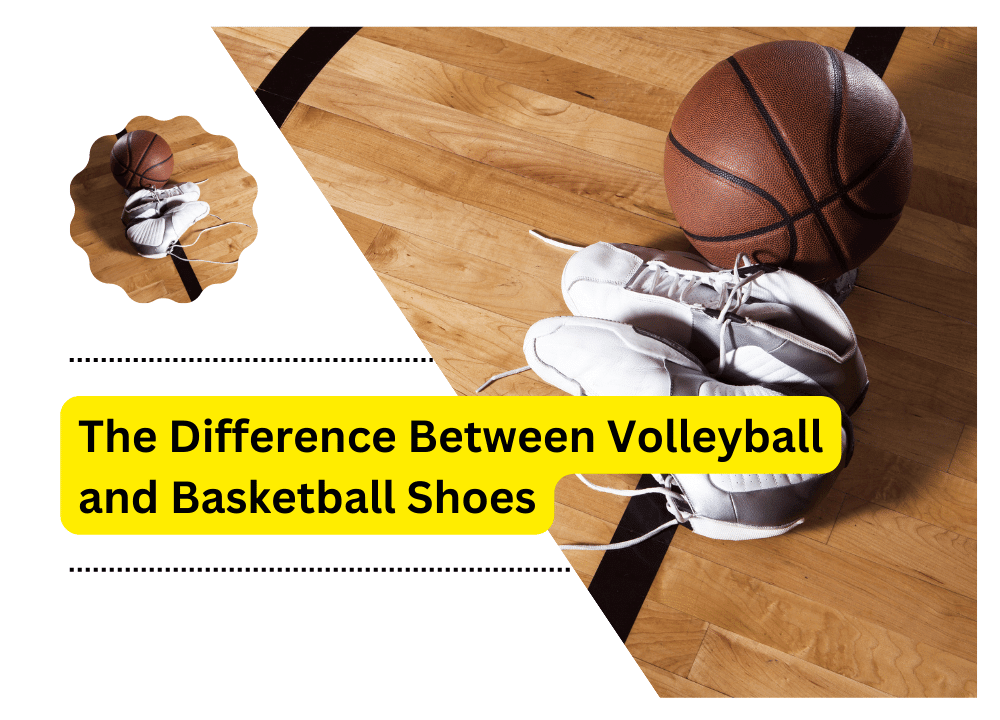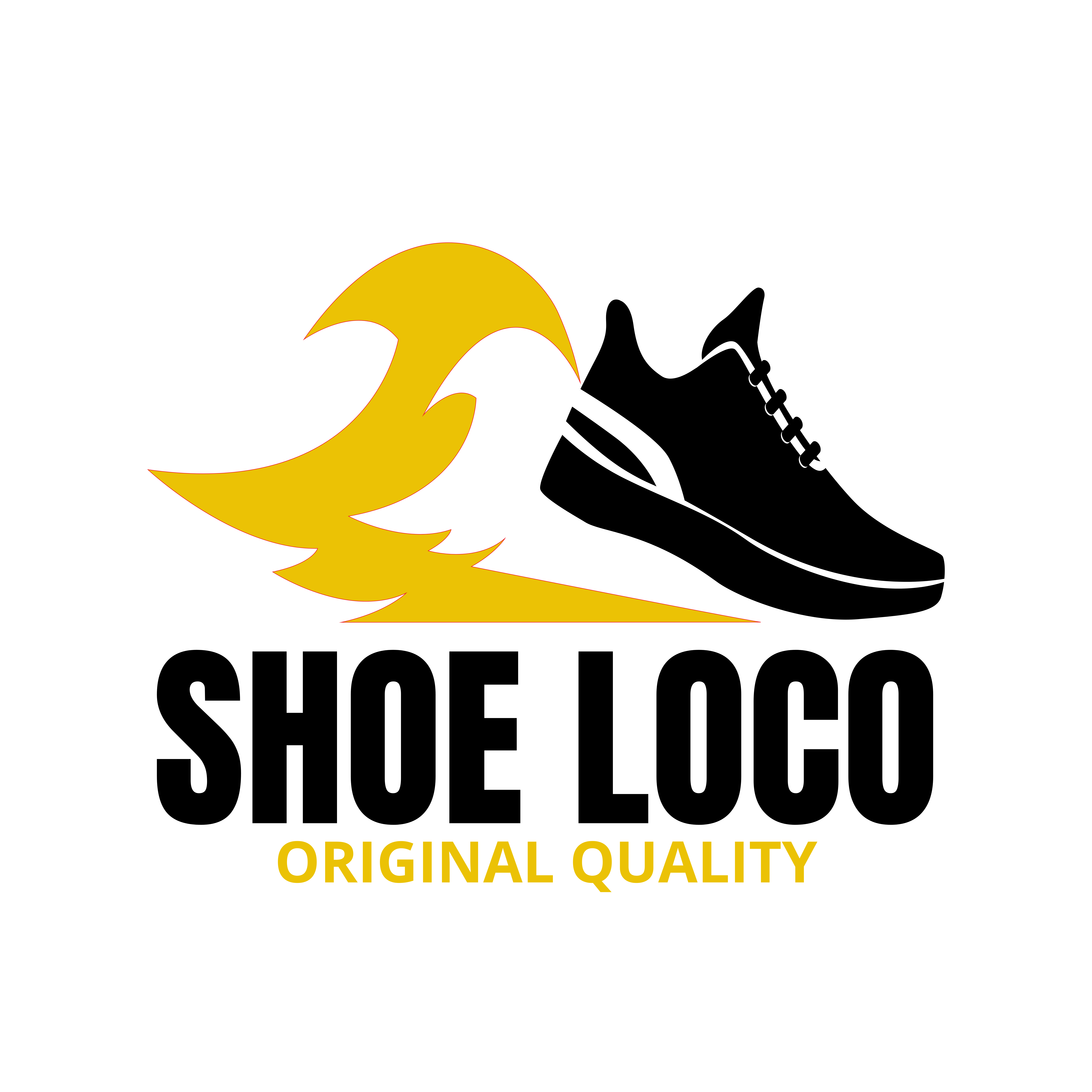
Volleyball and basketball are two popular sports that require specific footwear to optimize performance and prevent injuries. Both sports involve quick movements, lateral motions, and landing. The mechanics and demands on the feet and ankles differ. As a result, volleyball shoes and basketball shoes are designed with distinct features tailored to each sport’s unique requirements. In this article, we will delve into the key differences between volleyball and basketball shoes.
The Anatomy of Volleyball Shoes
Volleyball shoes are specially crafted to cater to the demands of volleyball players. Who spend a significant amount of time jumping, landing, and making quick lateral movements on the court. Here are the key characteristics that set volleyball shoes apart:
Lightweight and Flexible
Volleyball shoes are typically lighter and more flexible than basketball shoes. This design allows players to move quickly and change directions with ease, enhancing their agility and responsiveness on the court. The lighter weight also reduces fatigue during extended gameplay.
Low-Top Design
Most volleyball shoes feature a low-top design. It provides a closer fit to the foot and allows for a wider range of motion in the ankle. This design is favored in volleyball because it promotes flexibility, essential for executing precise movements and quick changes in direction.
Gum Rubber Outsole
The outsole of volleyball shoes is typically made from gum rubber, a type of rubber with excellent traction properties. The gum rubber outsole provides a strong grip on indoor court surfaces, preventing slips and enhancing stability during lateral movements.
Shock Absorption
Due to the high number of jumps and landings in volleyball, shock absorption is crucial to protect the player’s joints. It reduces the risk of injuries like shin splints or stress fractures. Volleyball shoes often have enhanced cushioning and shock-absorbing materials in the midsole.
Breathable Upper
Volleyball can be an intense and physically demanding sport, causing players to sweat profusely during matches. To keep the feet cool and comfortable, volleyball shoes feature a breathable upper, often made of mesh or synthetic materials that promote airflow.
Toe Guard
The front of volleyball shoes usually has a reinforced toe guard. It protects the toes during diving plays and instances where the toes may collide with the floor or other players’ feet.
The Anatomy of Basketball Shoes
Basketball shoes are designed to meet the specific needs of basketball players. Who engage in frequent jumping, cutting, and quick changes of direction. Here are the key characteristics that tell the differences between volleyball and basketball shoes:
Supportive High-Top Design
Unlike volleyball shoes, basketball shoes often feature a high-top design that provides additional support to the ankle. This design aims to prevent ankle sprains and injuries during the frequent jumping and landing that occurs in basketball.
Sturdy Outsole with Traction Patterns
Basketball shoes are equipped with a durable outsole that is often made of rubber. The outsole features specific traction patterns, designed to provide excellent grip on the basketball court’s hardwood surface. The traction is crucial for quick lateral movements and sudden stops.
Cushioned Midsole
Basketball involves a lot of impact on the feet and legs, especially during landing after jumps. To mitigate the stress on the joints, basketball shoes have a well-cushioned midsole that absorbs shock and provides ample support.
Stability Features
Stability is a vital aspect of basketball shoes, as players need to maintain balance during aggressive movements. Many basketball shoes include features like a TPU (thermoplastic polyurethane) shank or a midfoot strap to enhance stability.
Durability
The rigorous movements in basketball put significant strain on the shoes. They are constructed with durable materials to withstand constant wear and tear.
Heel Counter
Basketball shoes often have a firm heel counter. It helps in keeping the heel in place and prevents unnecessary movements that could lead to injuries.
The Impact of Shoe Design on Performance
The differences between volleyball and basketball shoes can significantly impact a player’s performance.
Volleyball Shoes
Agility
The lightweight and flexible nature of volleyball shoes allows players to move quickly and change directions.
Lateral Movements
The gum rubber outsole provides excellent traction, enabling players to make lateral movements with stability and confidence.
Jumping and Landing
The shock-absorbing cushioning in volleyball shoes reduces the impact on joints during jumps and landings. It enhances overall comfort and reduces the risk of injuries.
Ankle Mobility
The low-top design promotes ankle mobility, giving players the freedom to execute various movements without feeling restricted.
Basketball Shoes
Ankle Support
The high-top design of basketball shoes offers enhanced ankle support, reducing the risk of ankle sprains and other injuries.
Traction
The specialized traction patterns on the outsole provide optimal grip on the hardwood court, allowing players to make quick cuts.
Impact Protection
The cushioned midsole in basketball shoes absorbs shock during jumps and landings. It minimizes the stress on the player’s feet and legs.
Stability
Basketball shoes’ stability features, like a TPU shank or midfoot strap. It provides extra support and helps players maintain balance during aggressive plays.
Factors to Consider When Choosing the Right Shoe
When selecting between volleyball and basketball shoes, it’s essential to consider several factors to ensure that the chosen footwear matches.
Sport-Specific Requirements
Understand the specific demands of the sport you play. If you play volleyball, prioritize shoes that emphasize agility, shock absorption, and lateral movement support. On the other hand, if basketball is your game, prioritize ankle support, traction, and impact protection.
Foot Type and Fit
Consider your foot type and size when choosing shoes. Some players may have high arches and require extra cushioning, while others may have flat feet and need more stability. It’s crucial to find shoes that fit well and offer the right support for your foot type.
Comfort and Feel
Try on several pairs of shoes and assess their comfort and feel. Walk or jog in them to ensure they provide the level of support and cushioning you need. Remember that comfort is vital for optimal performance and injury prevention.
Conclusion
Volleyball and basketball are both physically demanding sports that require athletes to be at the top of their game. Knowing about the differences between volleyball and basketball shoes is crucial. Selecting the appropriate footwear is a crucial aspect of preparing for these sports, as it can significantly impact performance. Volleyball shoes are designed for agility, shock absorption, and lateral movements. Basketball shoes prioritize ankle support, traction, and impact protection.
